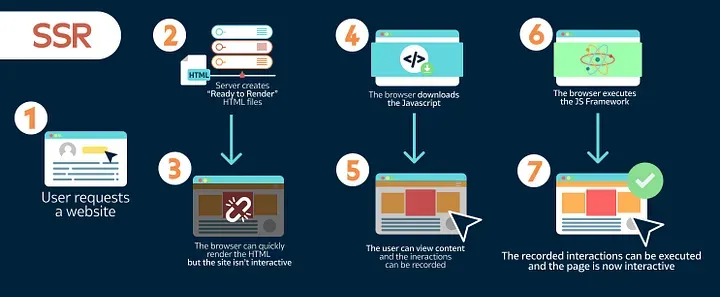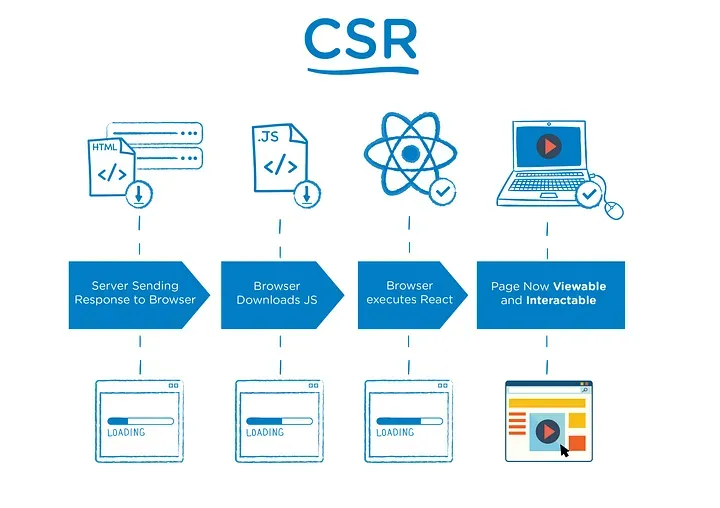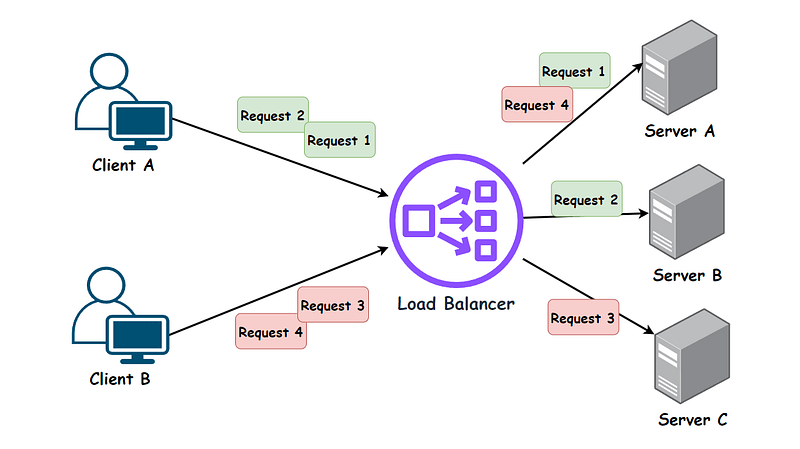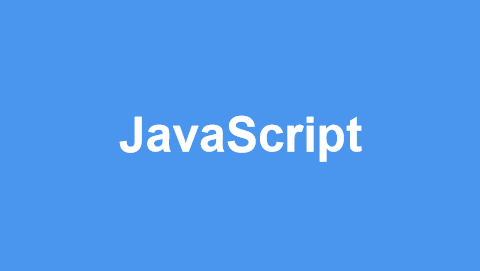SSR (Server-Side Rendering) was once hailed as a silver bullet for solving the performance and SEO issues in single-page applications (SPA), but the landscape is changing rapidly.
In 2024, is SSR still the go-to solution it’s often thought to be?
In this article, I’ll explore why SSR might be overrated and how modern tools and techniques allow us to achieve the same goals with just CSR (Client-Side Rendering).
What is SSR and Why Did We Need It?
Server-Side Rendering (SSR) refers to the process of rendering web applications on the server rather than in the client browser. Unlike client-side rendering (CSR), where the browser is responsible for building the page layout, SSR involves the server generating all the content and delivering it to the browser in a fully rendered state.
This approach offers key advantages such as faster initial load times and improved search engine optimization (SEO).
SSR became popular because of its benefits:
Faster Initial Load: Since the server sends fully rendered pages, users can see content more quickly.
Improved SEO: As content is included in the initial HTML payload, search engines can easily crawl and index the content.
Better Performance on Low-End Devices: With most of the work done server-side, even low-performance devices can display content quickly.
Sounds great, right? But, like any technology, SSR has its trade-offs.

The Drawbacks of SSR
Despite its advantages, SSR comes with challenges:
Complexity: SSR adds a layer of complexity to your application. You need to manage server-side code, handle caching issues, and mitigate potential security risks due to server-side code exposure.
Performance Bottlenecks: Since every page request requires the server to construct the page, high traffic can overwhelm the server, leading to performance issues.
Development Overhead: Developing with SSR means switching between server and client code, increasing development time and maintenance costs.
User Experience: Users may briefly see the server-rendered page before the client-side JavaScript kicks in to re-render it, potentially causing a disjointed experience, especially if there’s a significant difference between the server-rendered and client-rendered content.
Given these drawbacks, is SSR still necessary in 2024? I don’t think so.
Why SSR May No Longer Be Necessary

CSR Has Evolved
Client-Side Rendering (CSR) has made significant strides. Modern JavaScript frameworks like React, Vue, and Angular have optimized performance considerably.
Techniques such as code splitting, lazy loading, and hydration have made CSR more efficient than ever. For instance, React’s Suspense and React.lazy allow you to delay parts of your app's rendering until they’re actually needed, dramatically improving perceived performance.
const LazyComponent = React.lazy(()=> import('./HeavyComponent'));
function App(){
return(
<div>
<h1>Welcome to my site</h1>
<React.Suspense fallback={<div>Loading...</div>}>
<LazyComponent />
</React.Suspense>
</div>
);
}Users get a fast initial load, and additional content is loaded asynchronously without blocking the main thread.
SEO Has Caught Up
One of the primary reasons for SSR's widespread adoption was SEO. Historically, search engines, especially Google, had difficulty indexing SPAs that relied heavily on JavaScript and AJAX.
However, search engines have significantly improved their ability to crawl and index JavaScript-rendered content.
For example, Googlebot now functions like any modern browser, meaning it can crawl and index CSR content effectively.
Additionally, tools like Prerender.io and Rendertron can pre-render your SPA for search engines, giving you the best of both worlds: the ease of CSR and the SEO benefits of SSR.
The Rise of Jamstack and SSG
Another popular solution is static site generators (SSG), often associated with the Jamstack architecture (JavaScript, APIs, and Markup). Tools like Next.js, Gatsby, and Hugo have gained popularity in recent years.
These methods pre-render pages at build time rather than at request time, offering similar benefits to SSR while reducing complexity.
For instance, Next.js allows you to create pages that are pre-built but can still dynamically generate content based on user interaction.
// pages/blog/[id].js
export async function getstaticPaths(){
const paths = await getBlogPostPaths();
return { paths, fallback: false };
}
export async function getstaticProps({ params }){
const post = await getBlogPost(params.id);
return { props:{ post }};
}
function BlogPost({ post }){
return <div>{post.content}</div>;
}
export default BlogPost;This is a hybrid approach, providing the speed benefits of pre-rendering while allowing for dynamic content generation.
How I Transitioned My App from SSR to CSR While Maintaining SEO
After using SSR for a while, I started to notice the increasing complexity and overhead it added to my projects. So, I decided to explore alternatives and came across Prerender.io. Here’s how I made the switch:
Install Prerender Middleware: I integrated Prerender.io as middleware in my server setup. Since I was using Express.js, it was as simple as installing the middleware and configuring it.
npm install prerender-node --save
const prerender = require('prerender-node');
const express = require('express');
const app = express();
// Attach Prerender middleware
app.use(prerender.set('prerenderToken', 'YOUR PRERENDER TOKEN'));
//Serve your app as usual
app.use(express.static('build'));
app.listen(3000,()=>{
console.log('Server running on http://localhost:3000');
});Set Up Prerender.io Account: I registered for a Prerender.io account and obtained an API token. This token was added to my middleware configuration to authenticate requests to the Prerender service.
Deploy the Updated App: After removing SSR and integrating Prerender.io, I deployed the updated app to my server. The app now relies entirely on CSR, while Prerender handles the SEO pre-rendering.
SEO Testing: I verified that search engines were correctly indexing the content using Google Search Console and other SEO tools. This included checking that dynamic content, meta tags, and other key SEO elements were present in the pre-rendered HTML.
Final Thoughts
From this perspective, while SSR still has its place, its importance has diminished. With advancements in CSR techniques, improvements in search engine technology, and the rise of static site generation, SSR is no longer as necessary in modern web development.
In 2024, we should question whether the added overhead of SSR is worth it.
Often, a combination of well-optimized CSR or CSR paired with SSG can solve these problems more effectively.
Conclusion
As web development continues to evolve, so do the tools and techniques we use. SSR, while powerful, is no longer the default solution to performance and SEO challenges.
By leveraging modern JavaScript capabilities, static site generation, and third-party services, you can build fast, SEO-friendly applications without the need for server-side rendering.
If you're starting a new project, it’s worth reconsidering whether SSR is really necessary. In many cases, you’ll find that it’s not.







